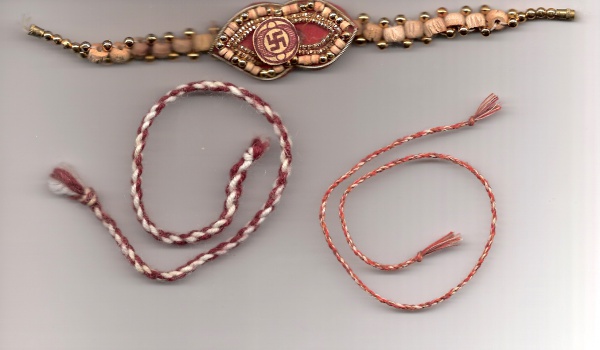Facts About Raksha Bandhan
Raksha Bandhan, often referred to as Rakshabandhan, is a cherished Hindu festival celebrated in India, Nepal, and other parts of the Indian subcontinent. The festival revolves around the touching tradition where sisters tie a "rakhi"—a protective talisman—around their brothers' wrists, symbolizing love and care. In return, brothers offer gifts to their sisters. This heartwarming festival typically falls in August, on the last day of the Hindu lunar month of Shraavana.
The origins of Raksha Bandhan are fascinating. Traditionally, it stems from the practice of territorial or village exogamy, where brides marry outside their natal villages. This custom highlights the brother-sister bond as a crucial link between a woman's married and parental homes. In rural North India, married women often journey back to their parents' homes for the celebration, sometimes escorted by their brothers. Over time, especially in urban areas, the festival has become more symbolic due to evolving family dynamics.
Raksha Bandhan has adapted with the times, influenced by technology, migration, and popular media, such as movies, which have helped spread its popularity. The ritual of tying rakhi has expanded beyond blood relations, fostering voluntary kinship that transcends caste and class boundaries. Additionally, Hindu political organizations and the Indian nation-state have promoted the festival, further embedding it in cultural consciousness.
Different regions in India have their unique ways of celebrating Raksha Bandhan. In West Bengal and Odisha, it's known as Jhulan Purnima. In Maharashtra, the Koli community celebrates it alongside Narali Pournima. In Nepal, the festival is called Janai Purnima or Rishitarpani and features a sacred thread ceremony.
Raksha Bandhan has also found its way into movies and popular stories, such as the legend of Santoshi Maa in the film "Jai Santoshi Maa" and the tale of Rani Karnavati and Emperor Humayun. While the historical accuracy of these stories might be debated, they add to the festival's rich cultural tapestry.

 Pakistan
Pakistan